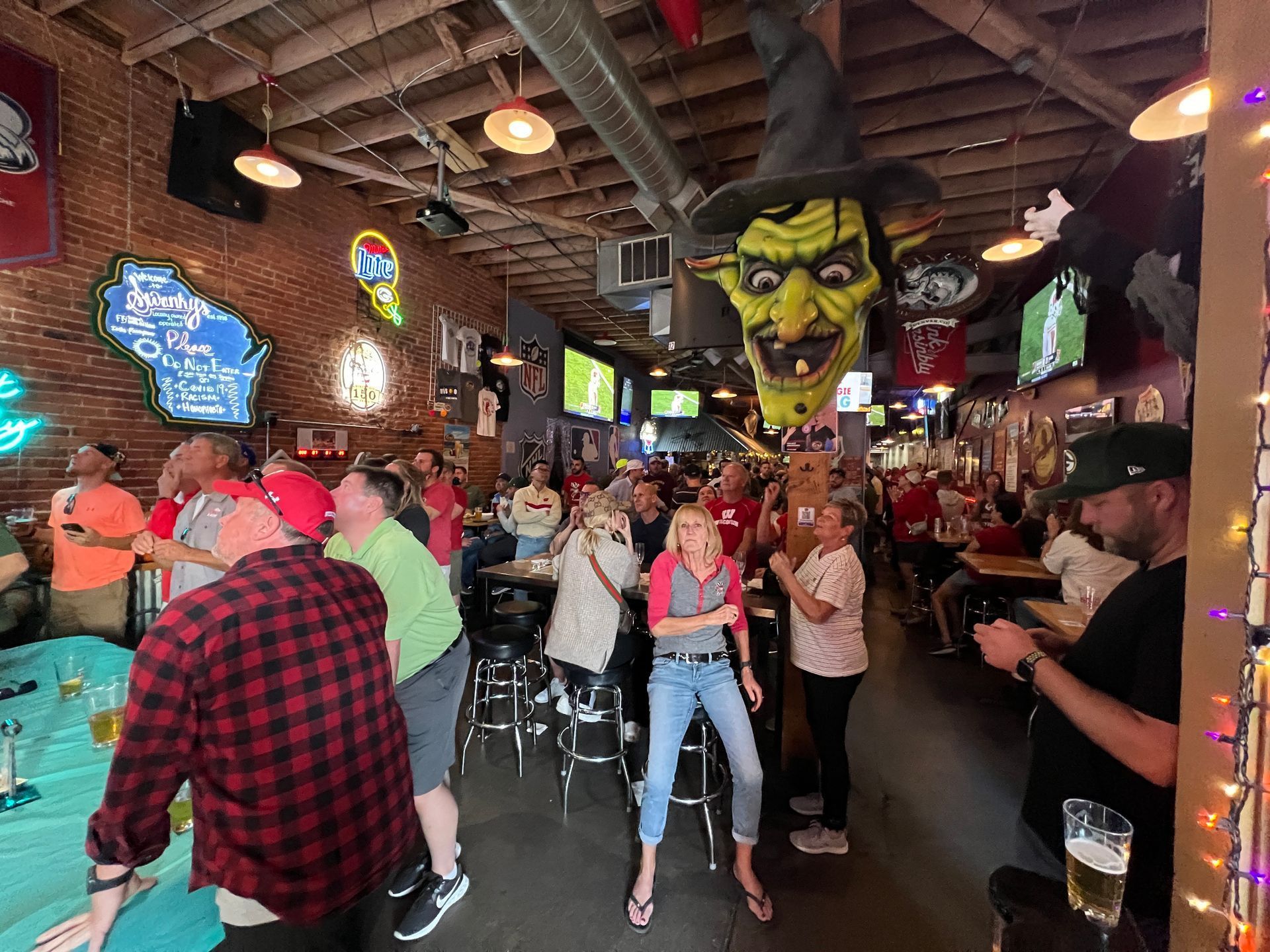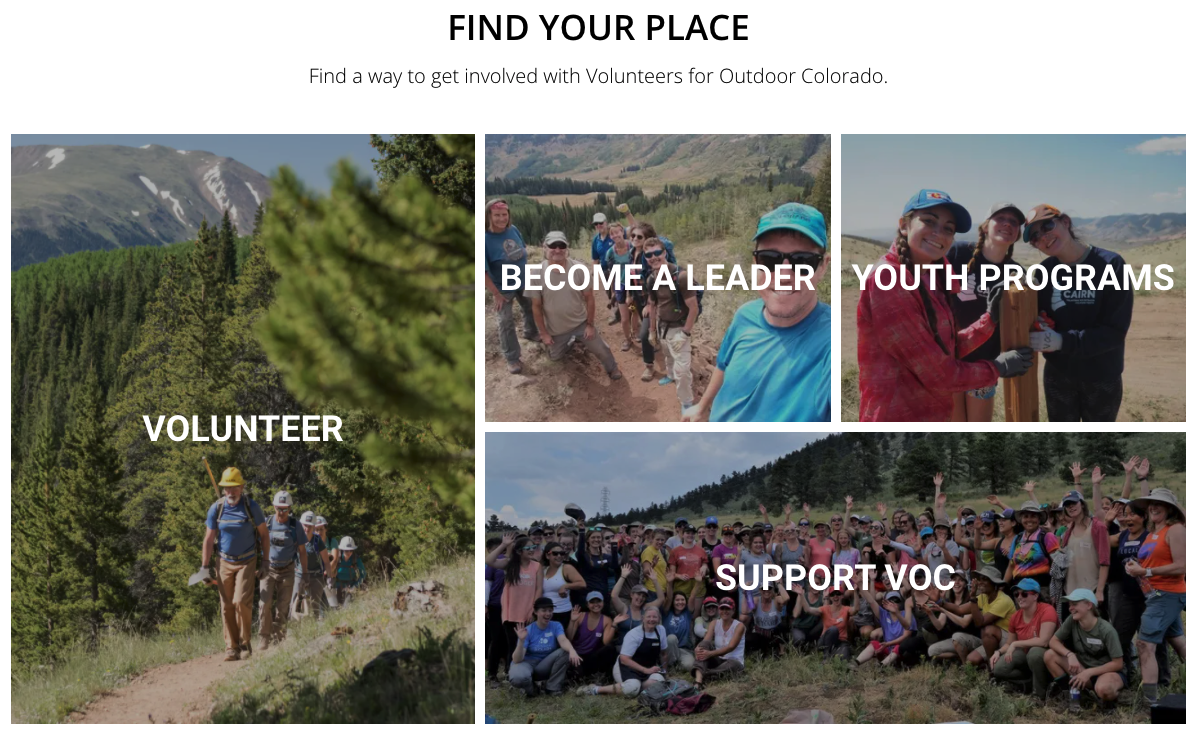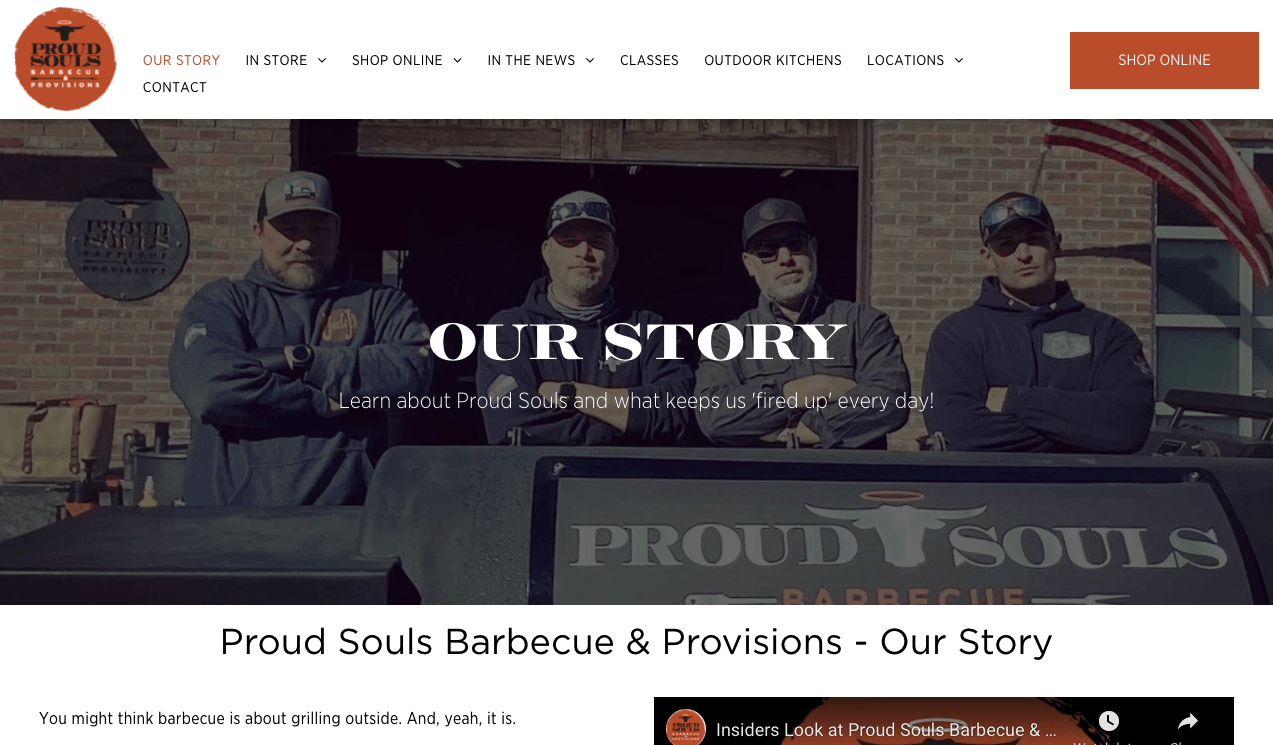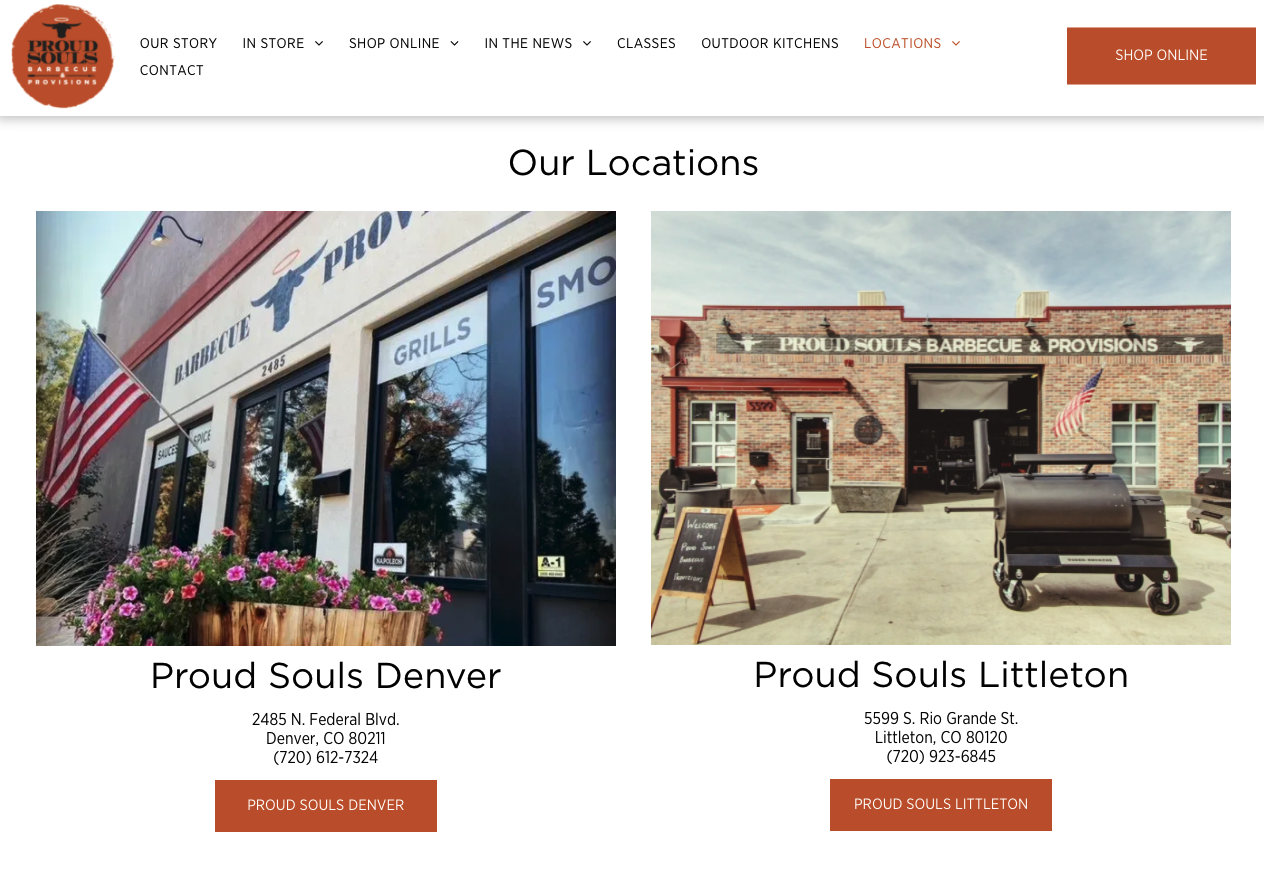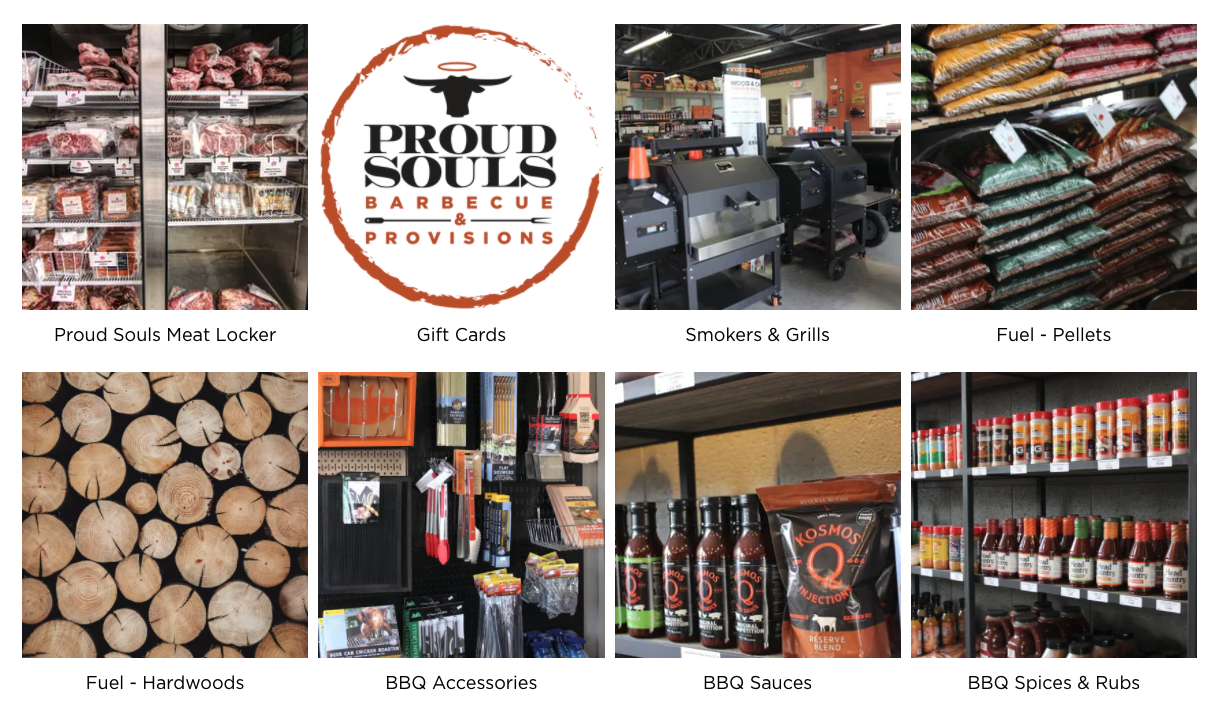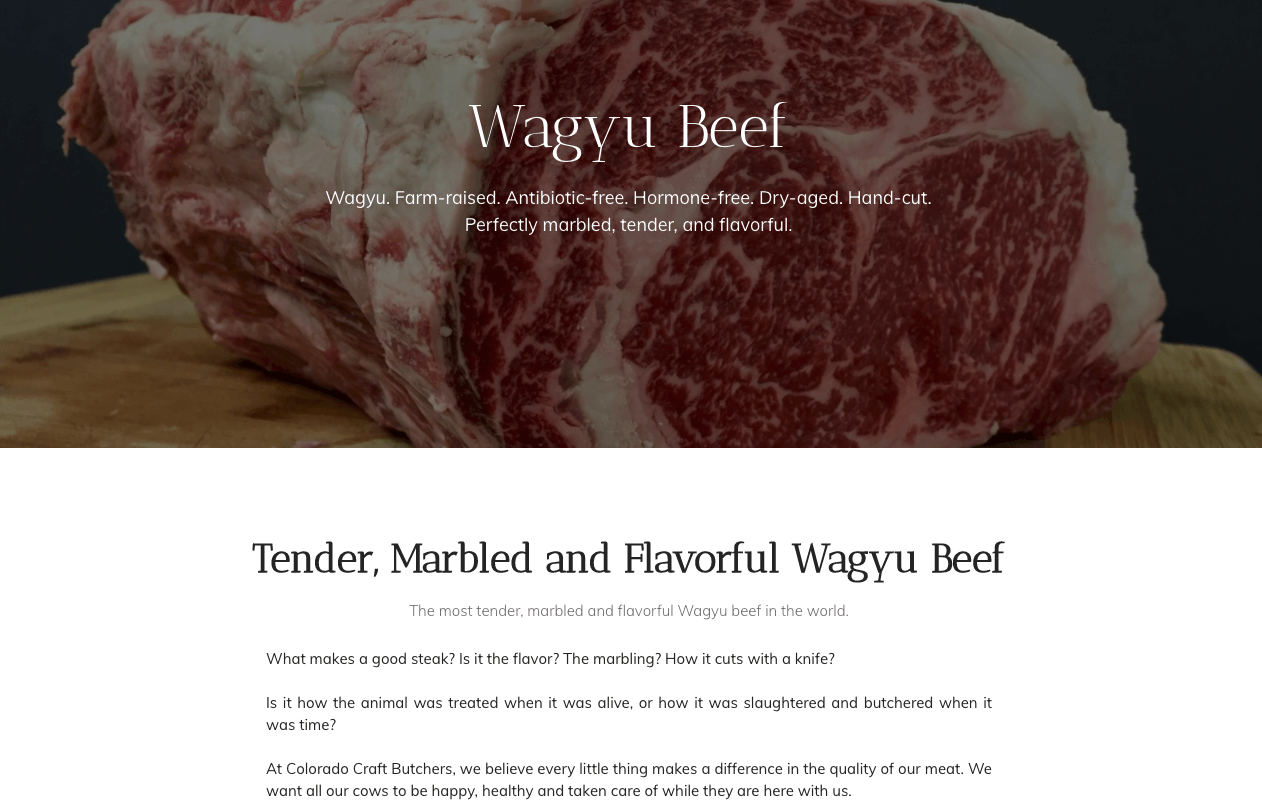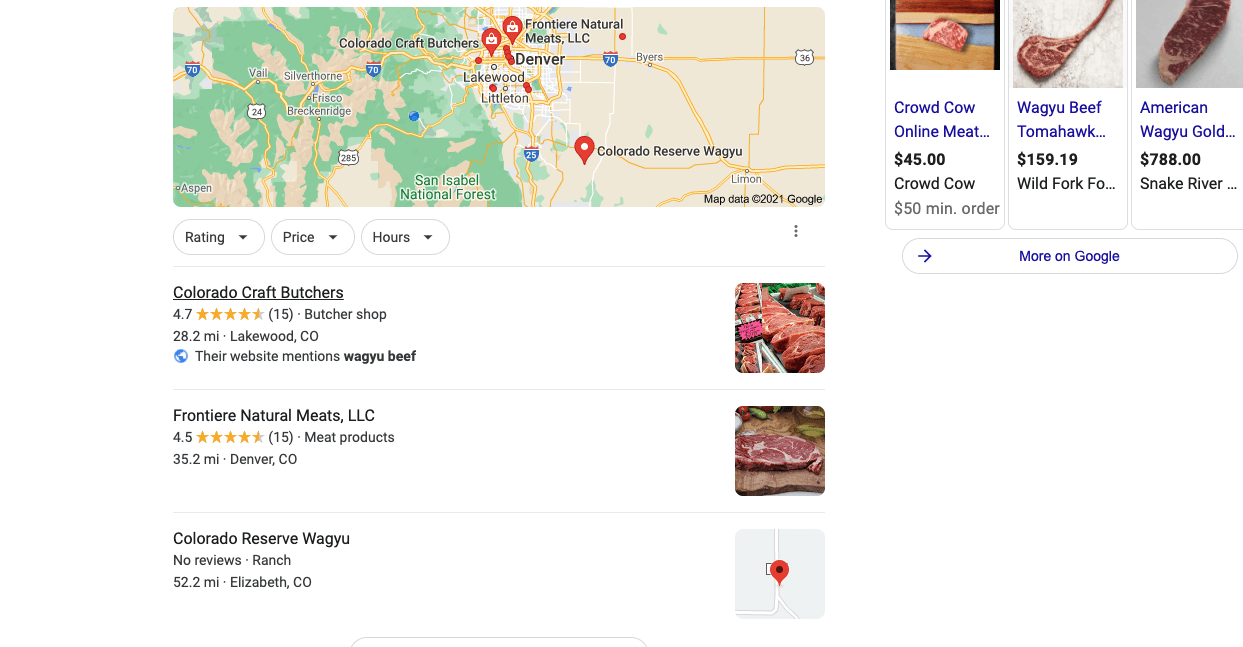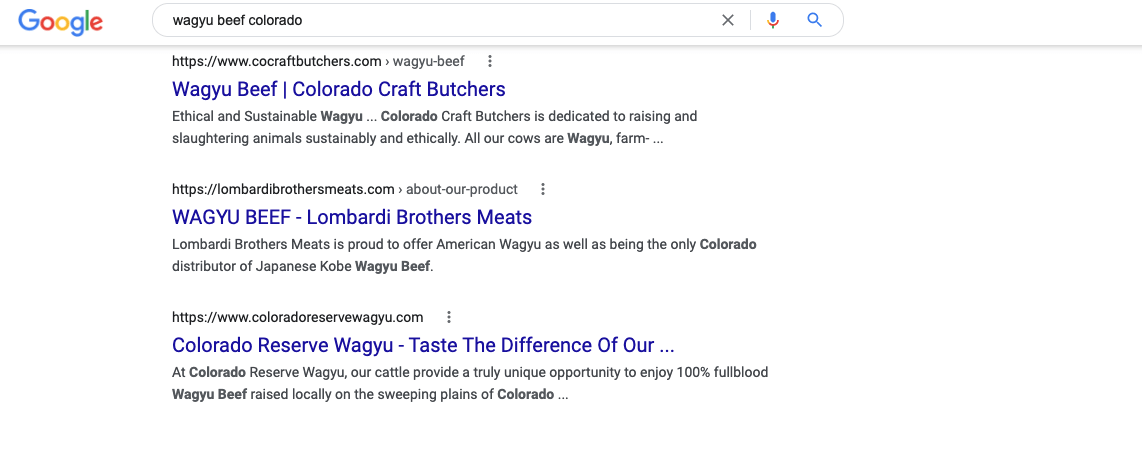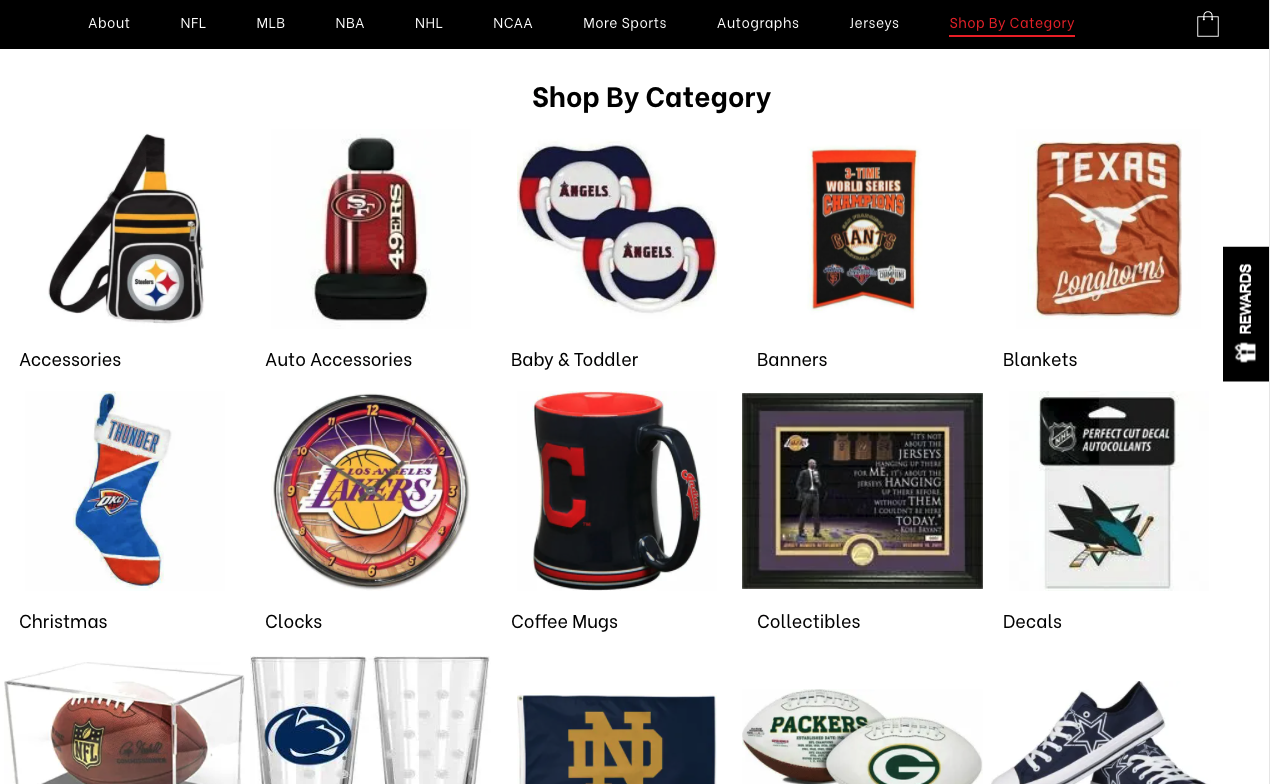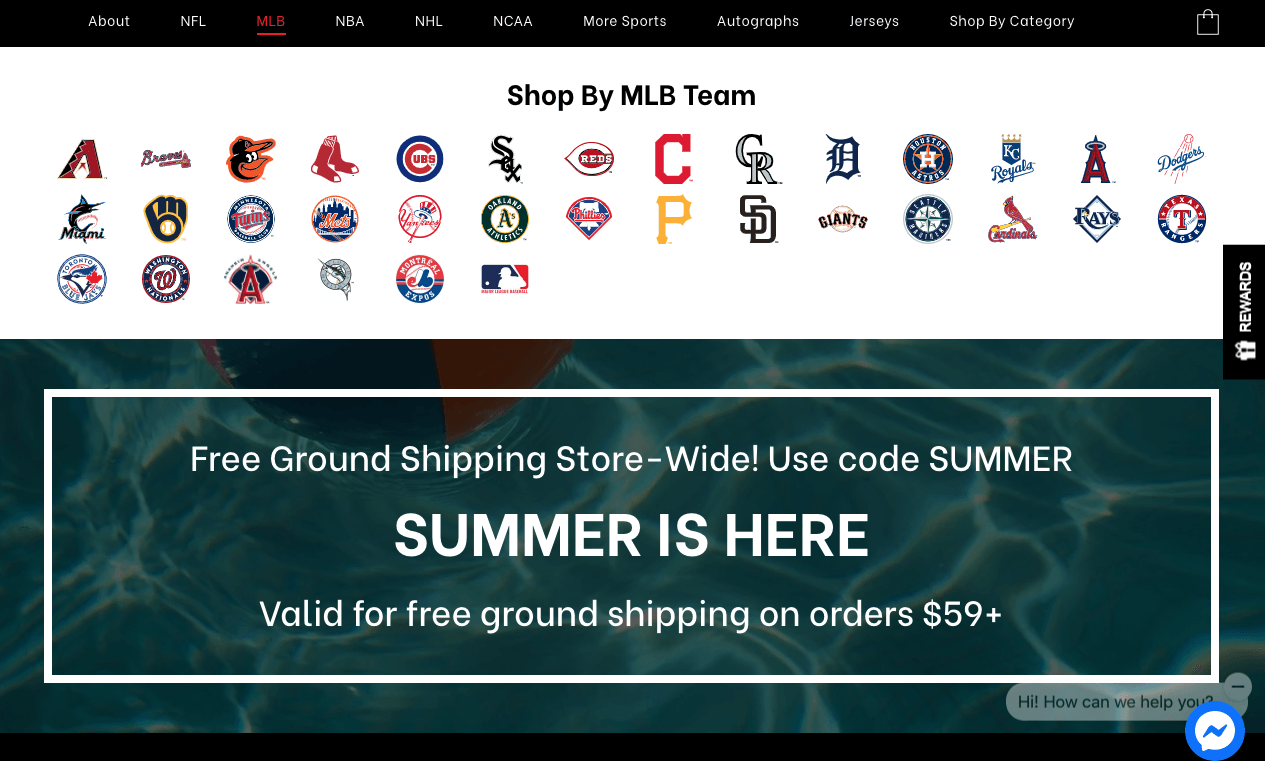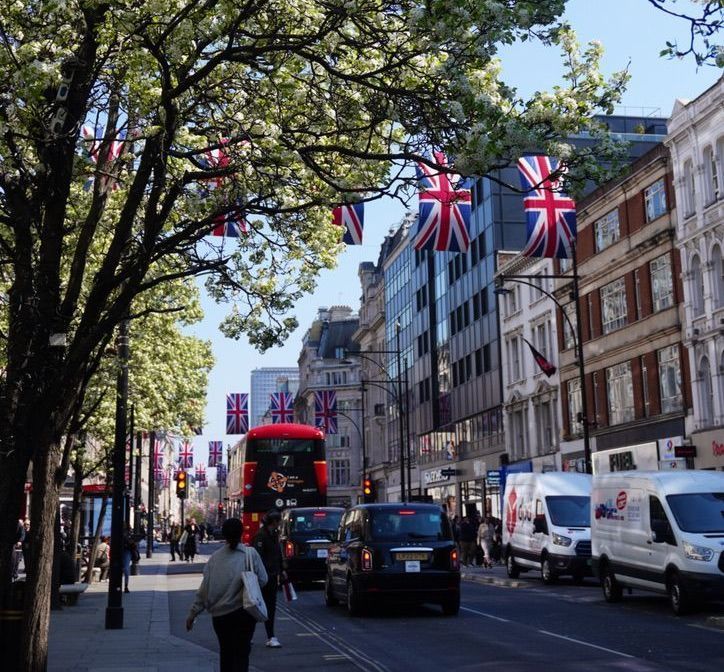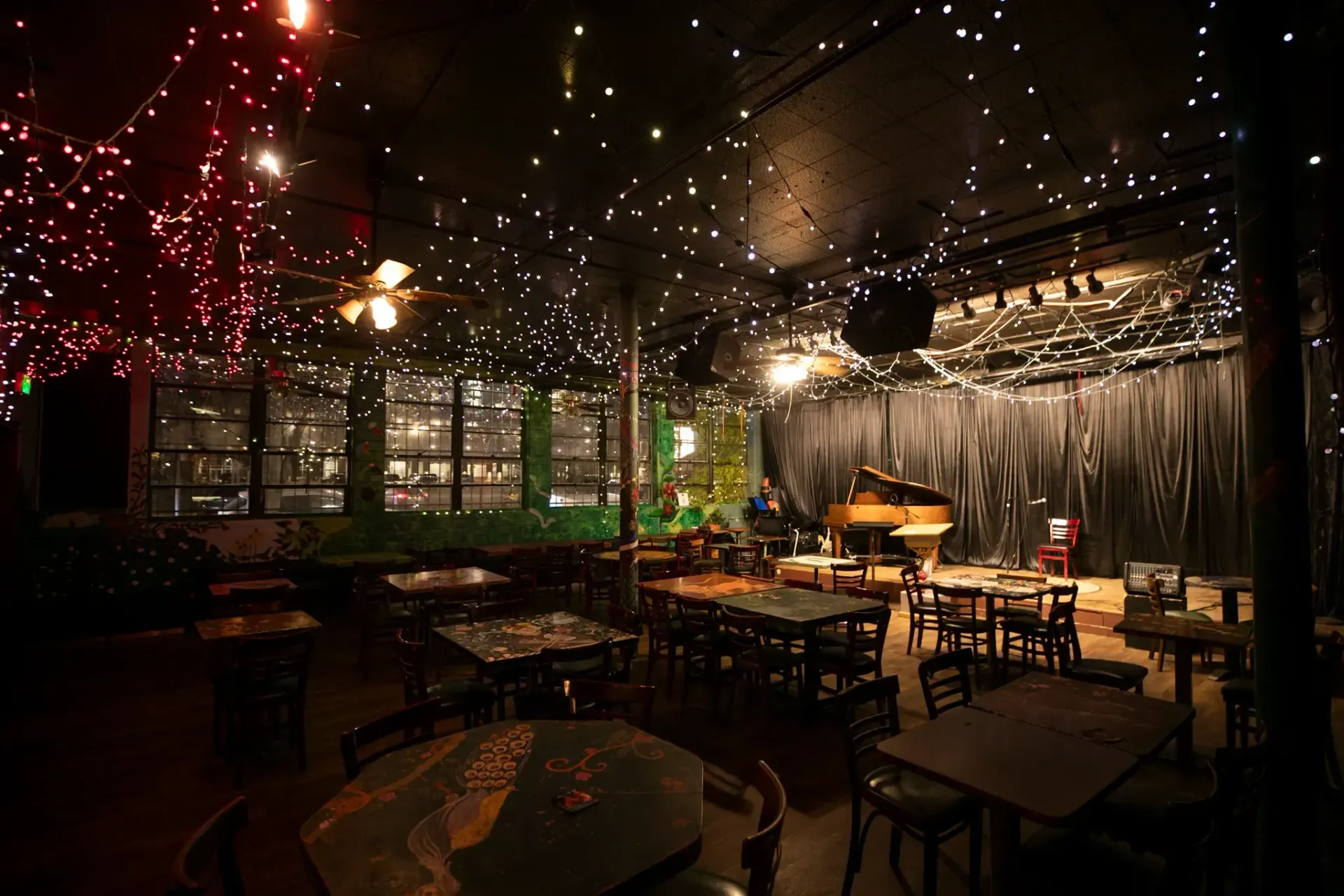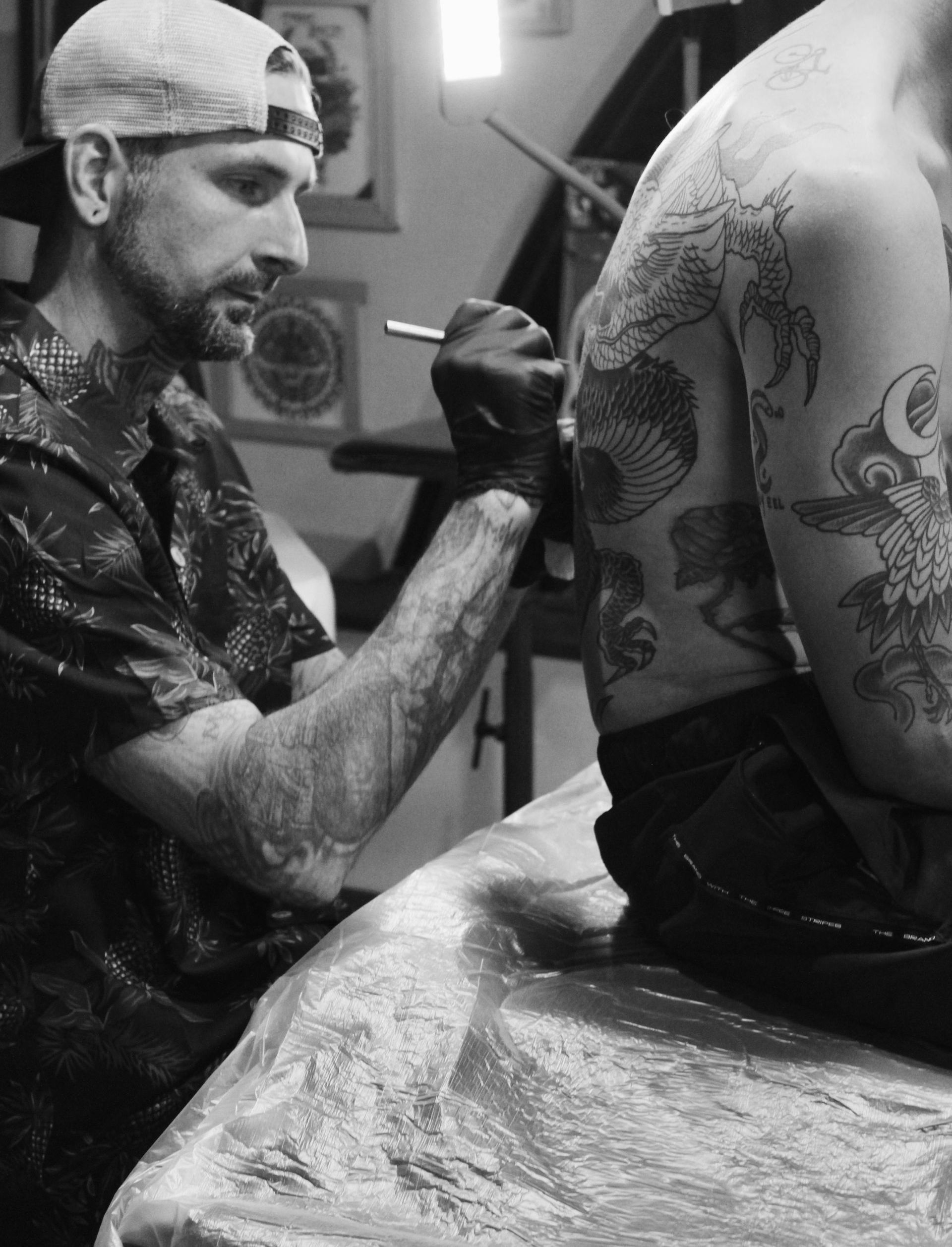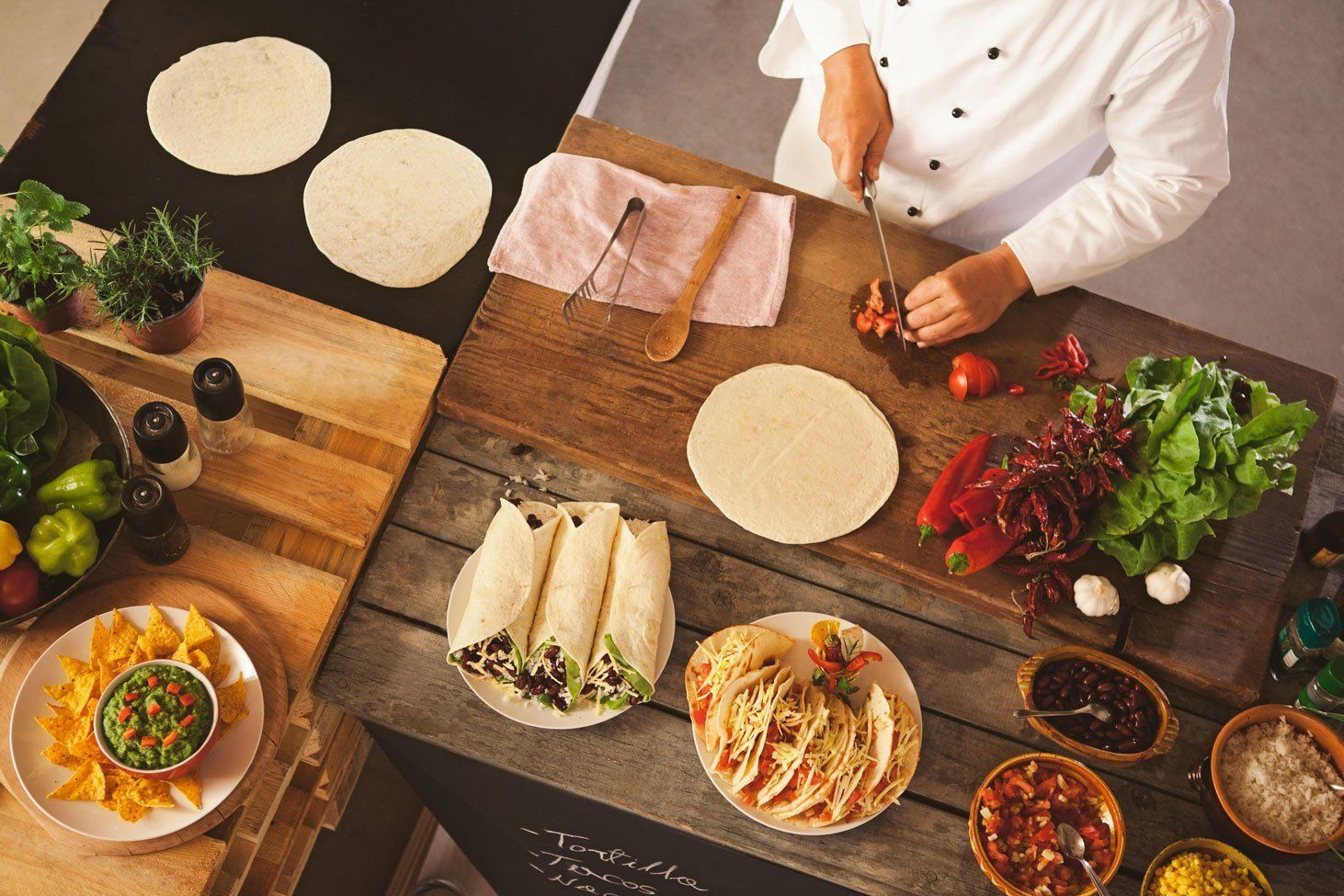5 Mistakes Businesses and Brands Make When Building Their Own Website
Building a website on your own? Make sure you take a look at these 5 common mistakes businesses and brands make when building their own website.
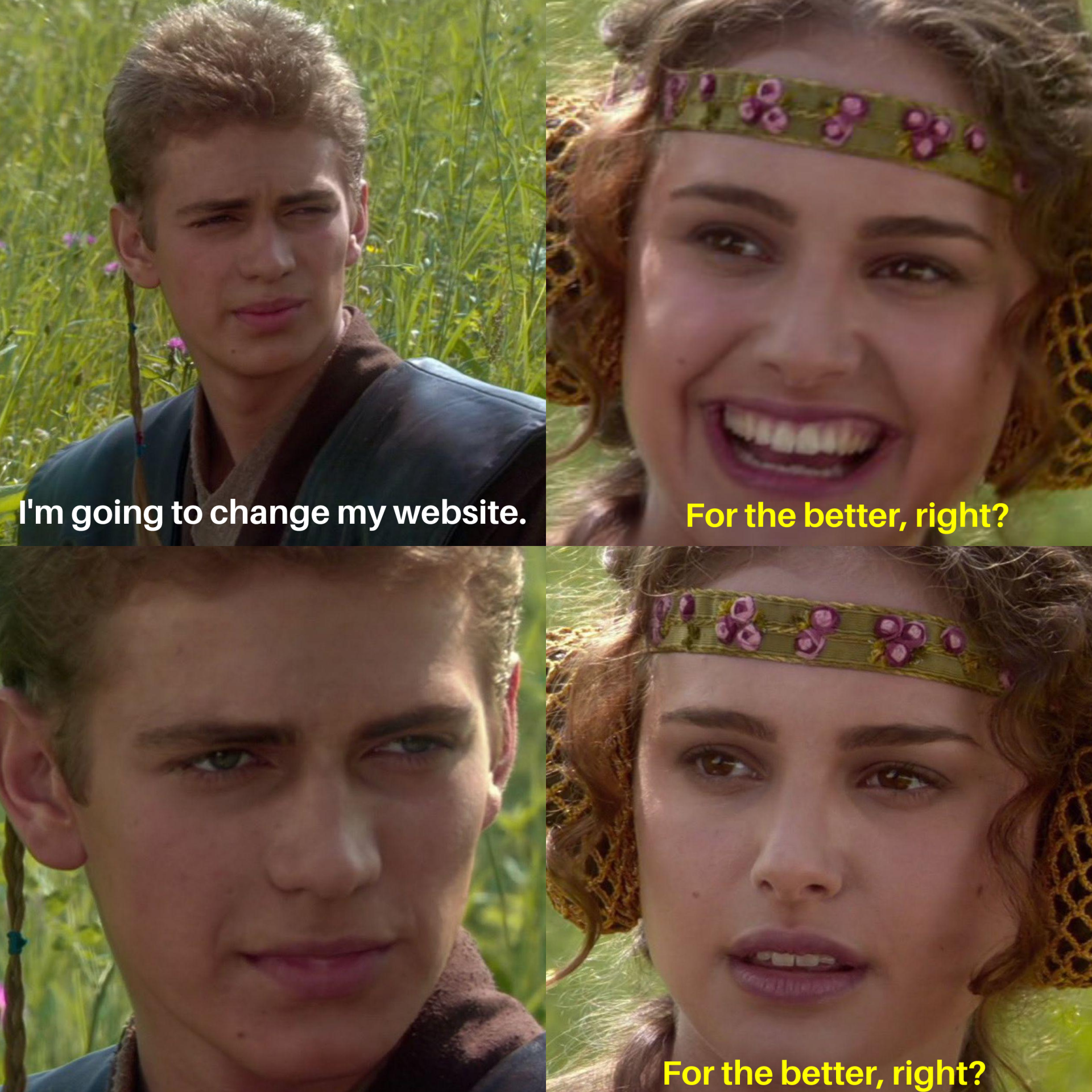
Mistake #1: Optimizing for company stakeholders instead of customers.
We've all been in that conversation. The CEO wants a fancy new website that does...what exactly?
If your website is built to please the aesthetic eye of your company's Executive team, you're forgetting who really matters - your customers. Though key stakeholder feedback is an important part of any great website design process, the user experience should be designed from the perspective of your customers.
Some businesses and brands have several distinct audiences with very different goals and purposes. If that's the case, it's important to make sure each audience can quickly and easily access and digest the information relevant to them.
Here's an example of a website built for its visitors! For Volunteers for Outdoor Colorado, Denver Crowd built a website with key calls to action for volunteers, leaders, youth, and donors.
Mistake #2: Lacking Visual Storytelling of Your Brand
Yes, a website should contain textual information. It should contain links, buttons and useful widgets. These building blocks make up the crux of a successful website from a functional perspective.
Equally as important as the functionality of your website, is the tone it sets to people visiting.
Visual storytelling isn't just a fancy phrase for photos; it refers to how images, symbols, text, colors and even white space work together to set the tone and reveal your brand's personality.
In addition to infographics or photos of your location or products, it's important to include photos of people and faces. Photos of people, whether team members, customers or volunteers, help to make website visitors feel more emotionally connected with your brand. From an analytics perspective, photos of people can help increase engagement and the amount of time spent on your website.
Photos help those new to your brand learn about the people they will be engaging with, and will help them to feel more comfortable when approaching your business or brand for the first time.
Want an example of good visual storytelling? For our customer Proud Souls Barbecue & Provisions, Denver Crowd used photos of the team, locations, showroom and products to familiarize visitors with the store before they even stepped foot through its doors.
Mistake #3: Building Without Considering Search Engine Optimization (SEO)
One of the biggest mistakes businesses and brands make when building their own website is not considering who is searching for them, and why.
It's important for the content on your website to match what users are searching for when they get there.
All too often, businesses will implement "SEO Hacks" or other "cheats" designed to get more visitors to their website. While this may be effective short term, it's not a great long-term strategy.
Google and other search engines aren't just looking for specific words on your website, but other metrics such as website engagement, bounce rate and time on site from specific clicks and keywords. If your website isn't providing what visitors are hoping to gain by searching and clicking on your link, your website needs to rethink its SEO optimization.
In-house web builders also often forget the importance of HTML attributes such as alt tags on images. Every website, individual pages, and on-page image should be optimized to tell search engines about the content on your website.
How do you do SEO optimization right? Our client Colorado Craft Butchers wanted to be found for its selection of Colorado Wagyu Beef. By using a thoughtful combination of great content and SEO optimization, we ensured CCB shows up first for any organic searches of Colorado Wagyu Beef on Google and other search engines.
Mistake #4: Putting Too Much (or Too Little) Content On Your Website
A website should communicate your mission and offer ways for people to engage with your business or brand.
A website does not have to tell people everything. If visitors are overwhelmed by the amount of images, text and calls to action they encounter on your website, there's a good chance they will leave for another one.
Think of your website like an artist's gallery. An artist wouldn't display all their work and clutter the walls. An artist's gallery is thoughtfully laid out; it tells a cohesive story. It allows the visitor to take in one piece of information, soak it in, then seek out another piece of information when they are ready.
Your website should have enough information to tell a cohesive story and get visitors engaged without overwhelming them. This can be challenging if the website has a lot of roles, but can be accomplished with a thoughtfully-crafted navigation experience.
What's the right amount of content? SportsObsession.com is a great example of one of our clients who has just enough content on their website to accomplish their goals. Though they have over 20,000(!) products on their online store, we designed a simple and intuitive navigation expierience allowing for customers to search by name or browse by league, team or store category.
Mistake #5: Not Working With A Professional
You wouldn't hire an amateur brick layer to build your physical storefront, would you?
Your website is often the first place people go when learning about your brand. It's important to make sure it appropriately sets the tone and tells the story of your business or brand.
For new and returning visitors, your website must contain clear and compelling calls to action to prompt and motivate people to get involved.
Your website must be optimized to be found on Search, and again optimized for web conversions once your visitors click to your site.
Most importantly - your website must be up-to-date. Make sure you work with someone that is able to keep the website active and relevant with consistent updates about your business or brand.
Are you working with a professional that can set the tone, tell your story, get visitors to take action and keep your site up-to-date?
If not, let's chat.

